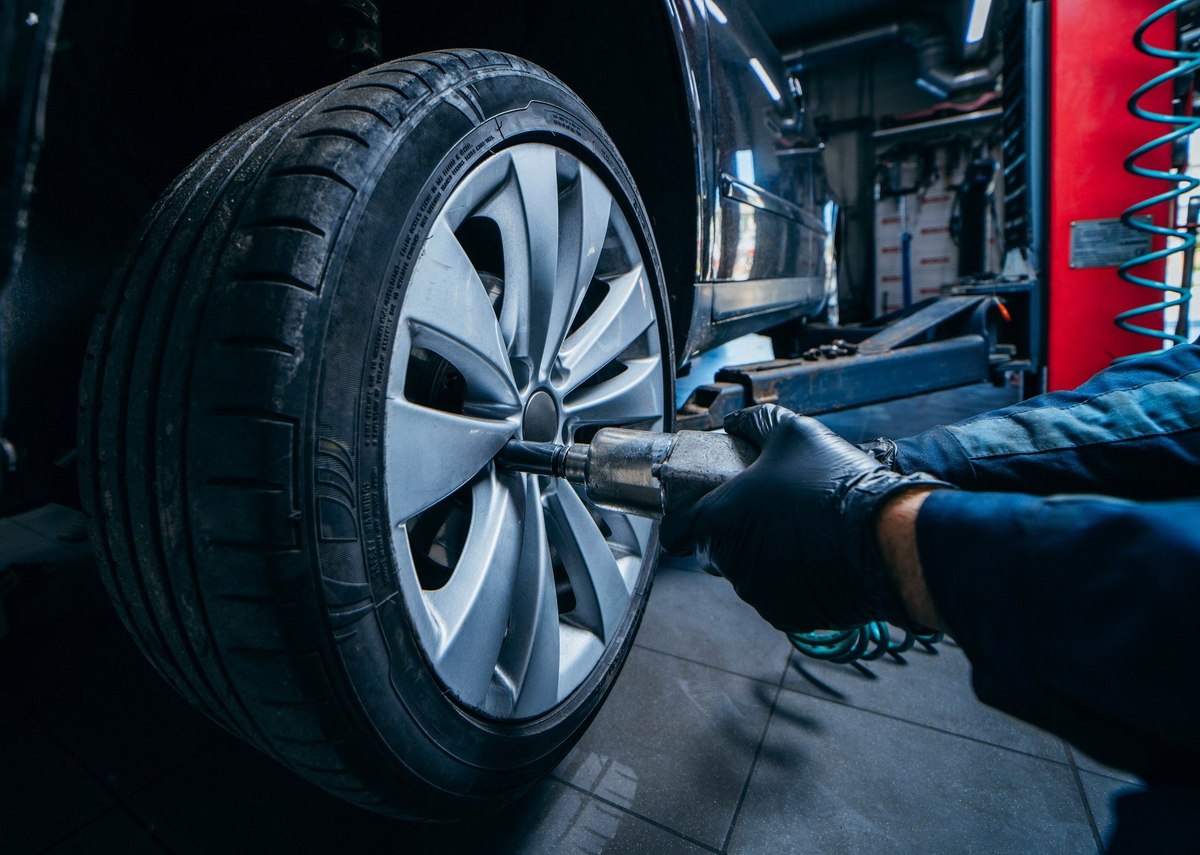
From tires to tools: How US consumers shop for auto parts today
New data from YouGov CategoryView reveals what types of auto parts US car owners are buying, where they're shopping, and how their research and decision-making habits differ by age. The findings, based on car owners who purchased parts within the last 12 months, highlight a marketplace shaped by both practical needs—like tire and battery replacements—and generational differences in how consumers gather information and choose where to buy. With the rising cost of vehicle maintenance and interest in DIY repair, the data offers timely insight into the evolving behaviors of auto parts shoppers.
Tires and batteries drive auto parts demand
Nearly half of surveyed car owners (49%) purchased tires in the past year, making them the most common auto part acquired. Batteries followed at 35%, with braking system parts next at 26%. Other notable categories included engine or fuel system parts (20%), body or exterior components (16%), and electrical system parts (14%). Less commonly purchased items were wheels (12%), air conditioning or heating components (13%), and suspension system parts (10%).
A relatively low percentage of consumers purchasing tools or garage equipment (11%).
Where are auto parts purchased?
Despite the growth of e-commerce, physical stores remain the top destination for auto parts shoppers. Nearly half of respondents (45%) report buying from retail stores, and 37% say they used local auto repair shops. Online purchasing is also significant, with 32% of consumers shopping digitally for parts.
Car dealerships and specialty shops each accounted for 22% of purchases, while 12% turned to second-hand options like junkyards.
How age affects research and decision making
Research behavior varies noticeably by age. Overall, just over half (53%) of auto parts buyers say they research multiple sources and compare options. However, this rate is much higher among younger consumers: 64% of 18–29-year-olds do extensive research, compared to only 40% of those 65 and older.
Older consumers are more likely to rely on brand familiarity or recommendations without doing much research — 22% of people aged 65+ said they usually purchase based on trust or convenience alone, more than any other age group.
Information sources differ across generations
Online search engines are the most used resource when researching auto parts, cited by 51% of respondents. Forums and online communities (19%) and retailer websites (30%) also play a role. Younger adults (18–29) show a stronger reliance on social media (30%) and recommendations from friends or family (54%) compared to their older counterparts (5% and 31%, respectively, for those 65+).
Mechanics are a steady source of advice across age groups, with about one-third to nearly half of consumers across all ages reporting they turn to professionals when making decisions.
What matters most when choosing auto parts
Price is the most important consideration overall, cited by 74% of respondents. Consumers aged 45-64 were most price-sensitive (79%), followed closely by those 65 and older (74%). Availability of specific parts was also important, with 54% of car owners saying it influences their choice.
Other key factors include warranty (45%), customer service (45%), and convenience of location (47%). Again, differences emerge by age: older consumers (65+) emphasize service (54%) and convenience (56%) more heavily than younger groups, who are more influenced by brand reputation (47% among 18–29s) and customer reviews (38%).
Methodology: YouGov Automotive CategoryView collects data on brands & consumers across the US every month. The data is based on the interviews of more than 26,000 American adults aged 18+ between March 1, 2024, and February 28, 2025.
Image: Getty Images